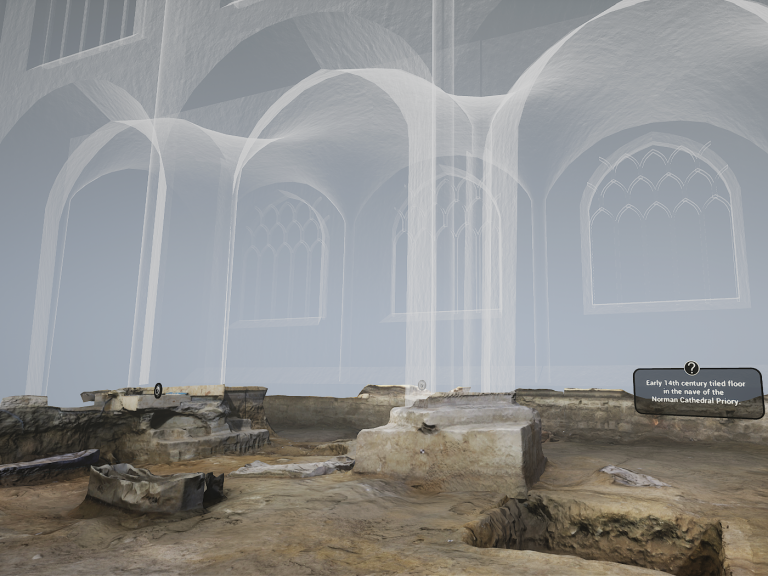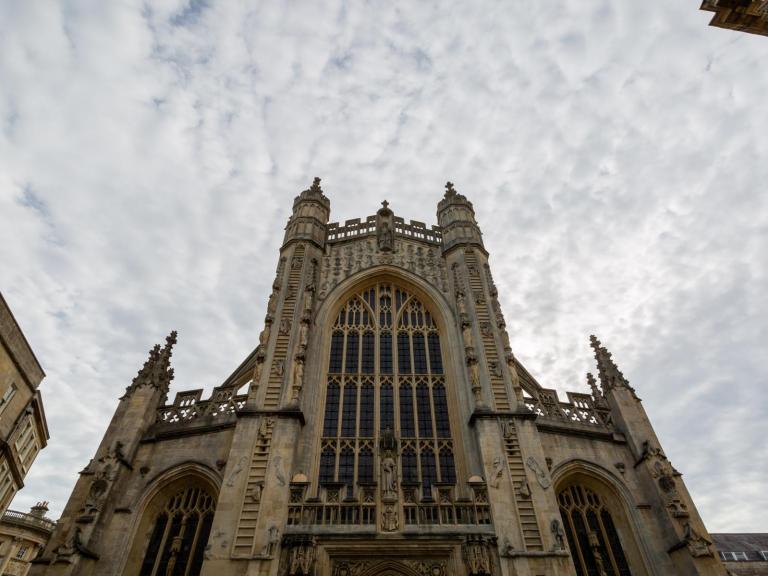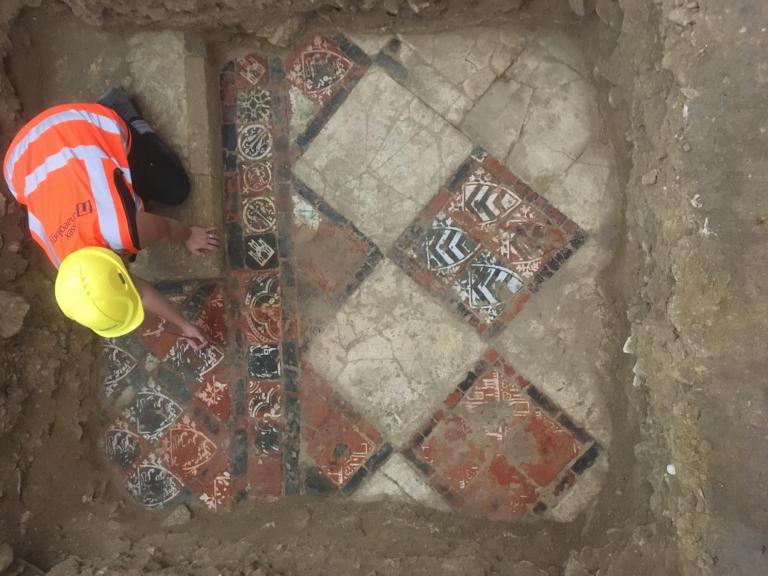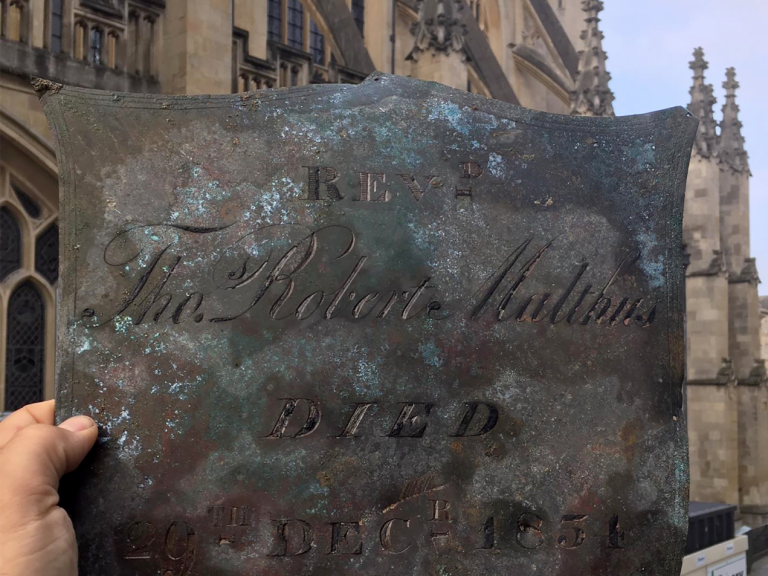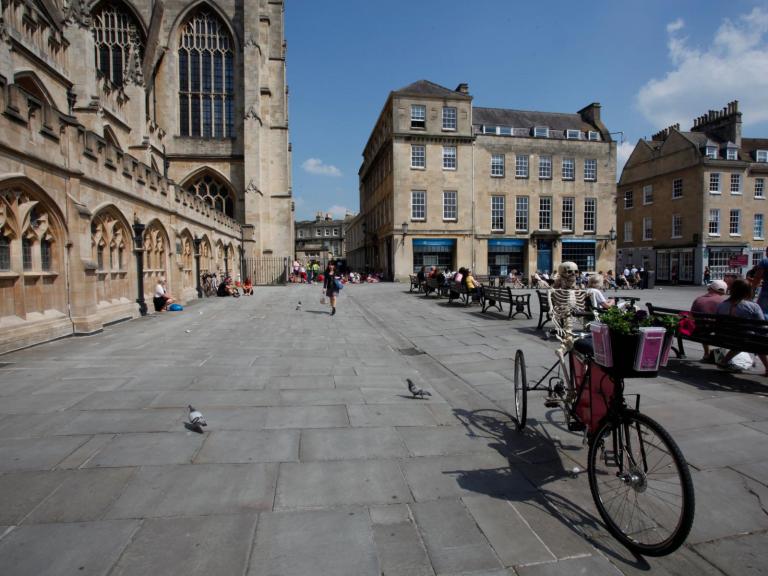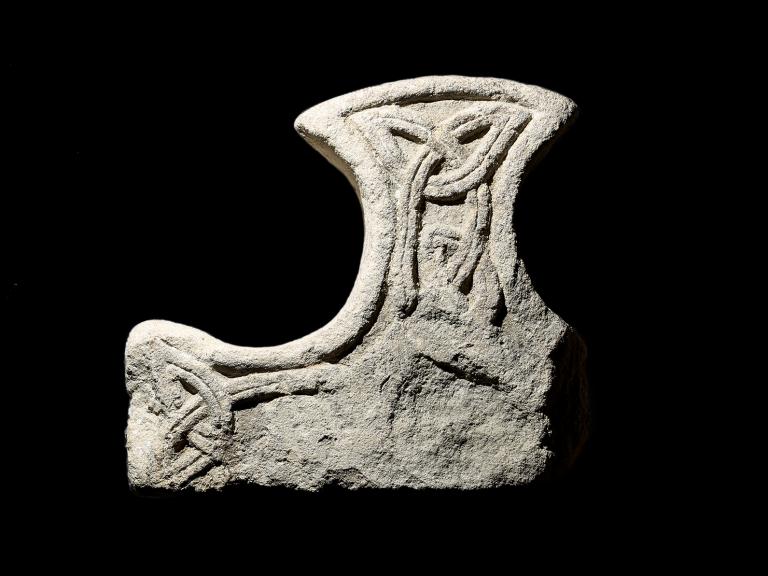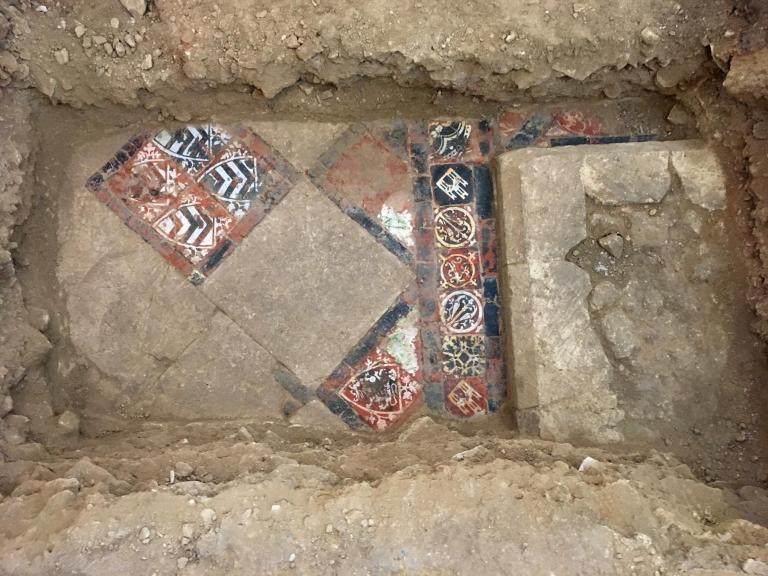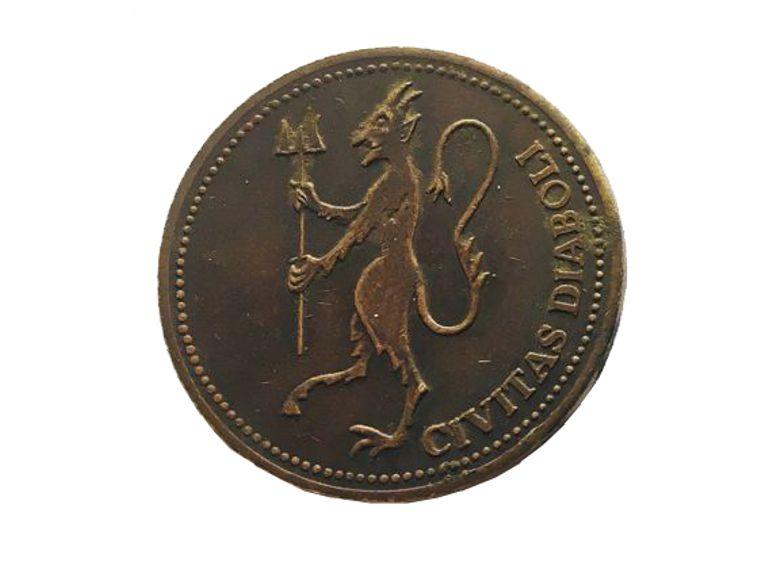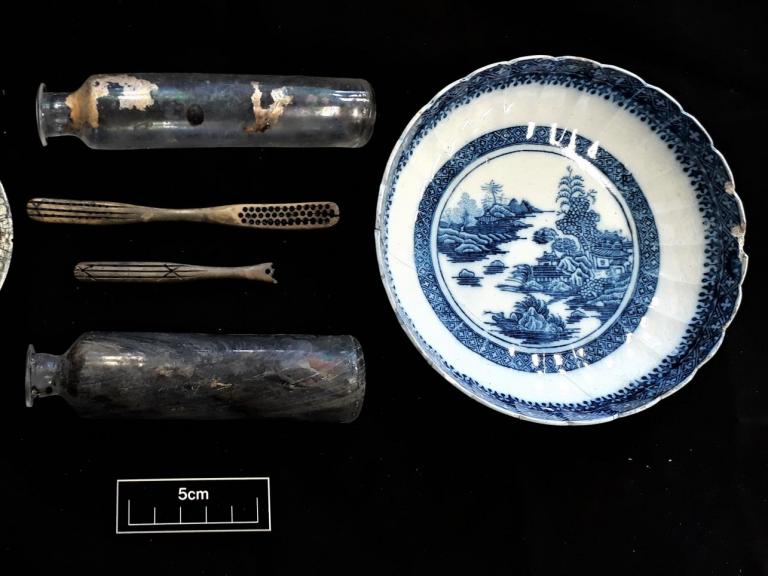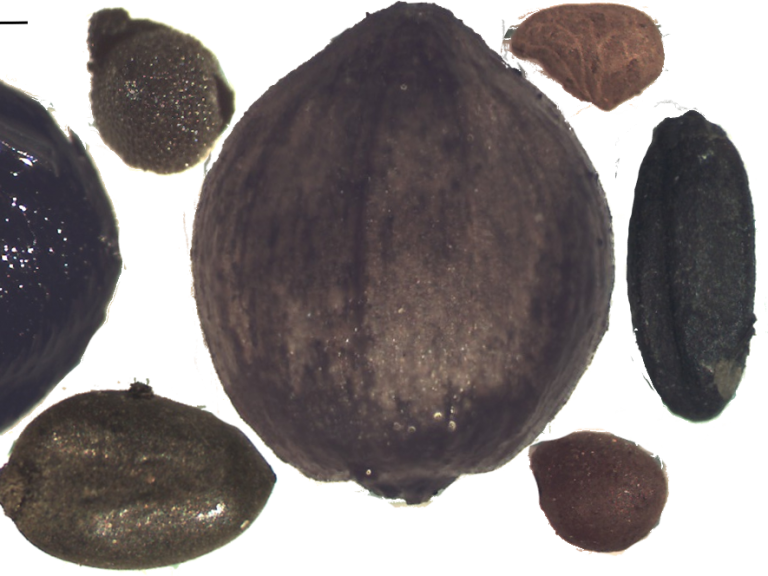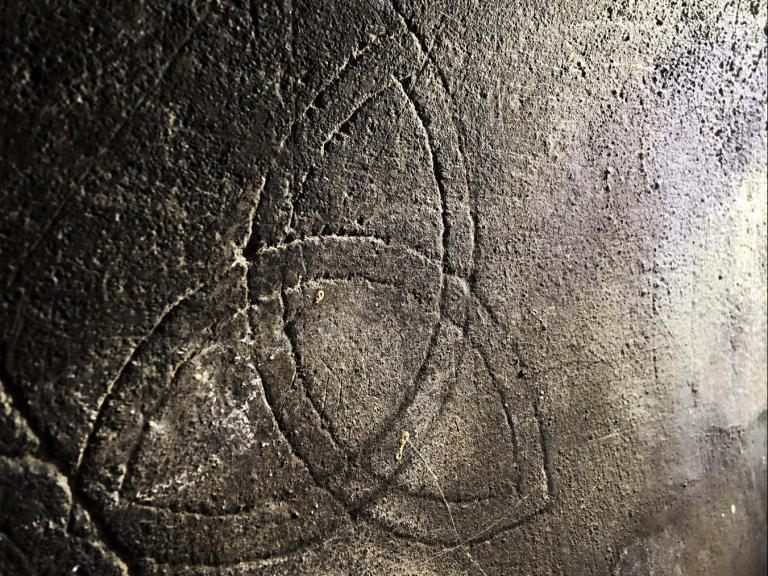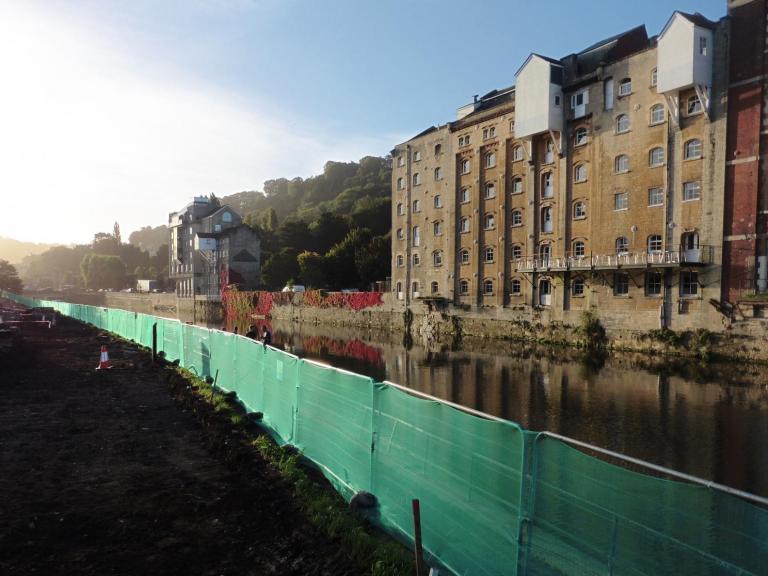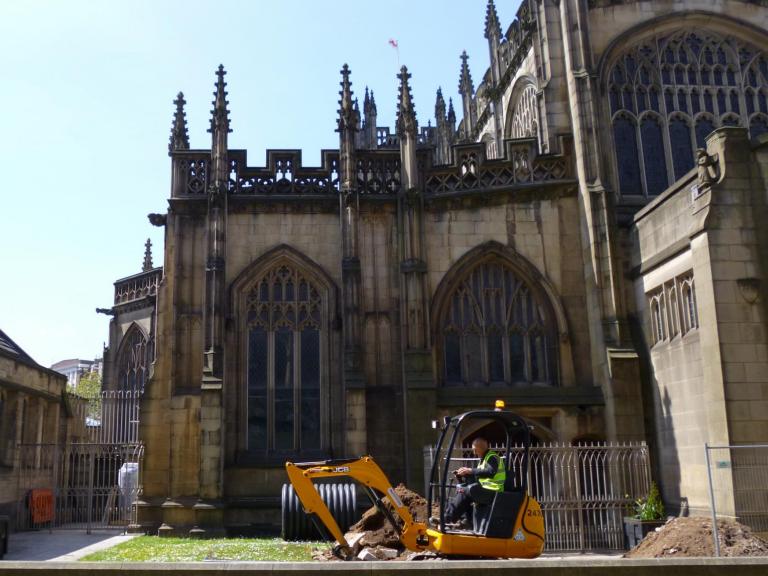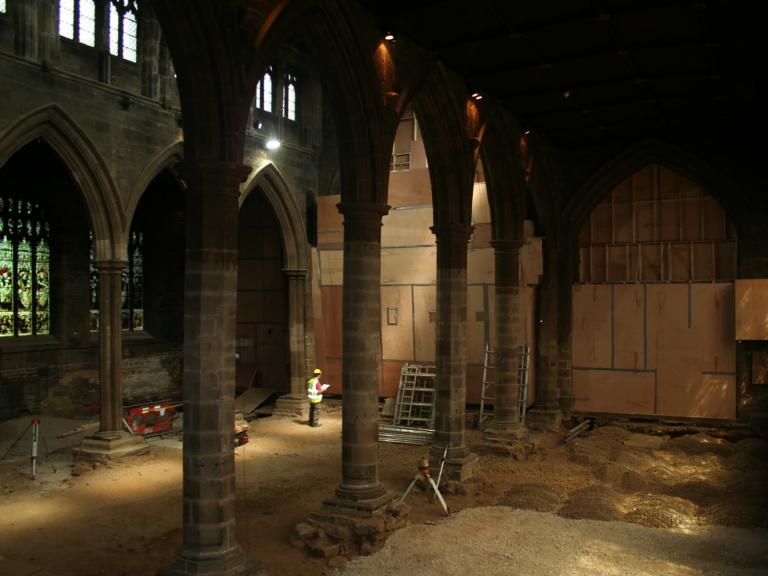51.3814809, -2.3587345999999
The Bath Abbey Footprint Project is funded by the Heritage Lottery Fund. The aim of the project is to repair the Abbey’s collapsing floor, install a new eco-friendly heating system using Bath’s hot springs, and provide new, improved space and facilities to ensure the Abbey is more sustainable, hospitable and useable for local residents, worshippers and visitors alike.
Wessex Archaeology is working alongside Bath-based firm Emery Brothers to help deliver the £19.3 million Footprint Project. The archaeological works began in Spring 2018 and are scheduled to be completed in Autumn 2019. Wessex Archaeology are deploying a suite of cutting edge recording and analytical techniques throughout the project, including the use of photogrammetry to record all excavated areas as 3D models. The eventual publication will include a detailed description and analysis of the current archaeological works as well as collate material from all previous investigations at the Abbey from the 1990s onwards.
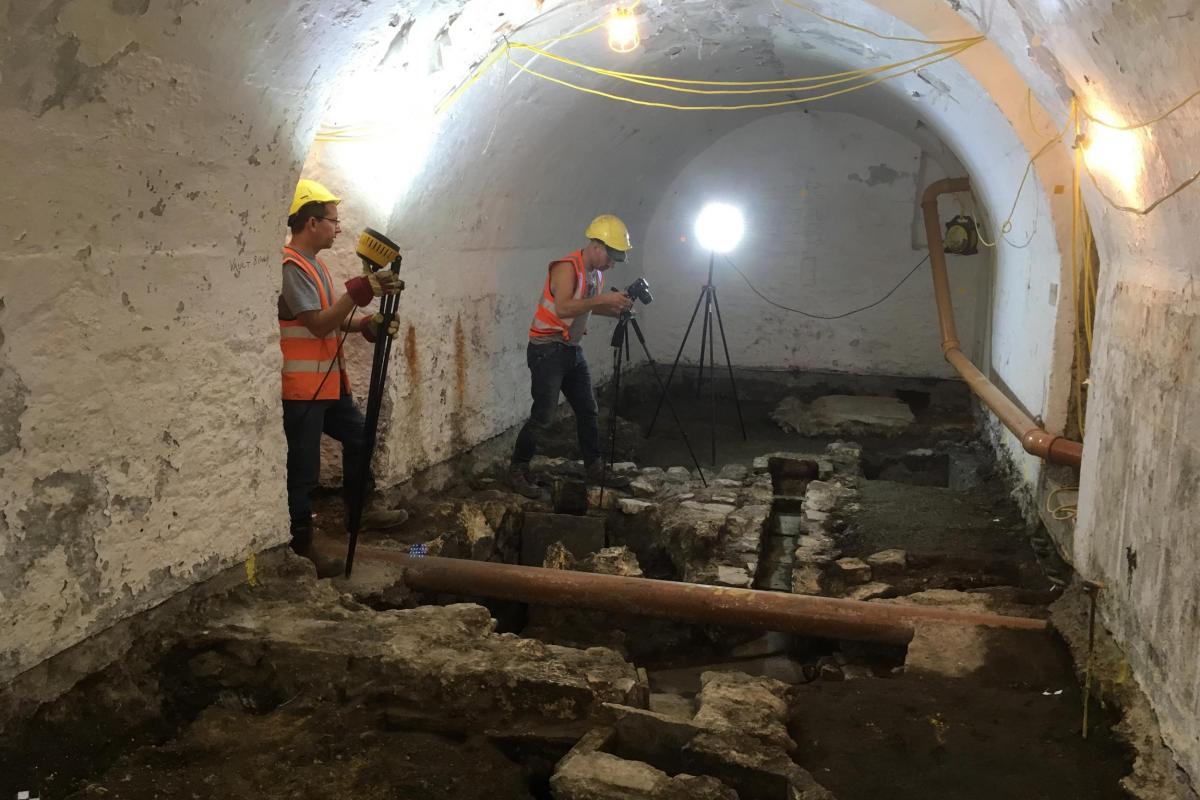
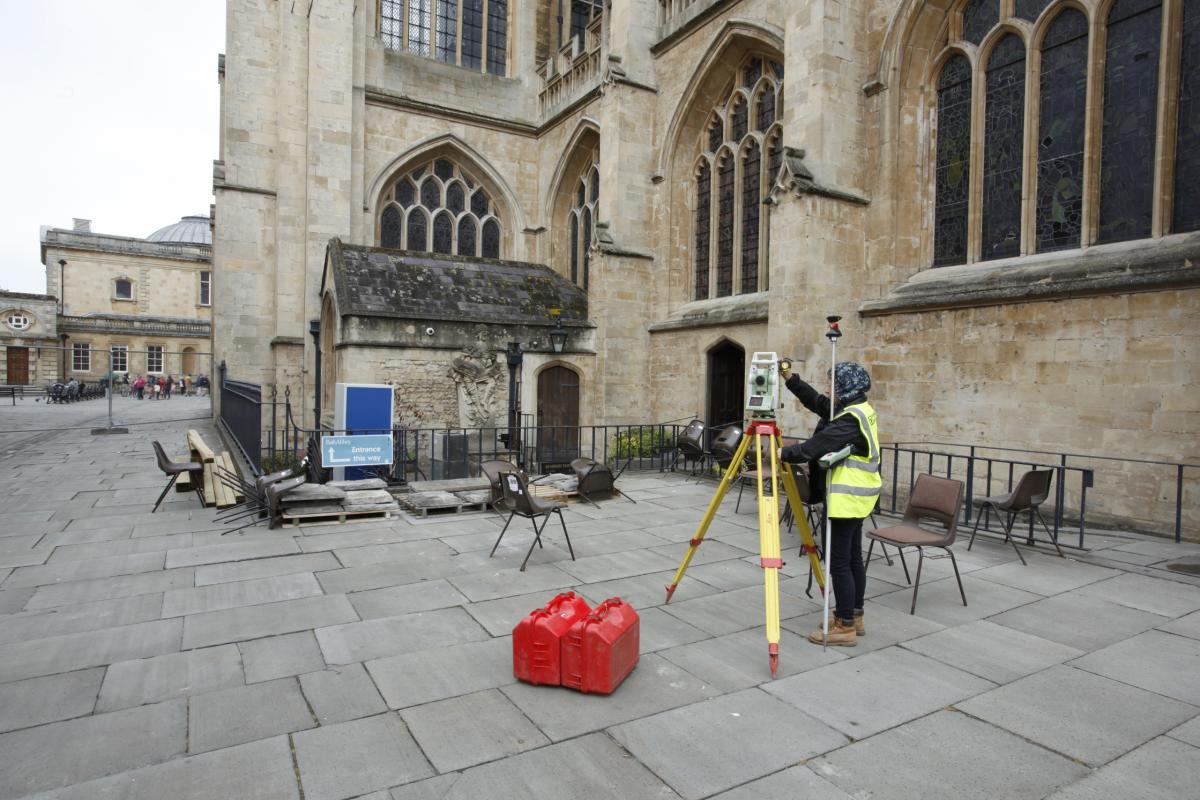
Bath Abbey is located in the centre of the City of Bath, a short distance to the north-east of the hot spring – a location that has been the focus of human activity from the prehistoric period onwards. During the present works material dating from the Mesolithic period has been discovered in situ immediately to the east of the Abbey, in the location of the new Plant Room.
In the 1st century AD a temple, dedicated to the goddess Sulis Minerva, and bathing complex was constructed around the hot springs; this formed the core of the Roman settlement of Aquae Sulis. To date, Romano-British remains have been encountered in vaults south of the Abbey, below Kingston Buildings and Abbey Chambers, as well as immediately to the east of the Abbey. Later works will include monitoring the connection of an innovative heat exchange system to the Great Drain, which has been carrying thermal spring water from the Roman Baths complex to the River Avon for nearly 2,000 years, providing sustainable heating for the Abbey, Kingston Buildings and other city centre properties.
An Anglo-Saxon monastery is thought to have been established on the site by the late 7th century, flourishing under royal patronage from the late 8th century onwards. Wessex Archaeology are excavating within the previously identified late Saxon cemetery, to the south of the Abbey. Burials here are believed to date from the 8th or 9th century and include rare ‘charcoal burials’, an obscure funerary rite which entails laying the body on or under a layer of freshly produced charcoal. Our team will also be looking for any evidence of structures associated with the Anglo-Saxon phase of the site.
To find out more about how to support Bath Abbey’s Footprint Project, visit www.bathabbey.org/footprint, and follow us on Twitter for regular updates @wessexwest #Footprintproject
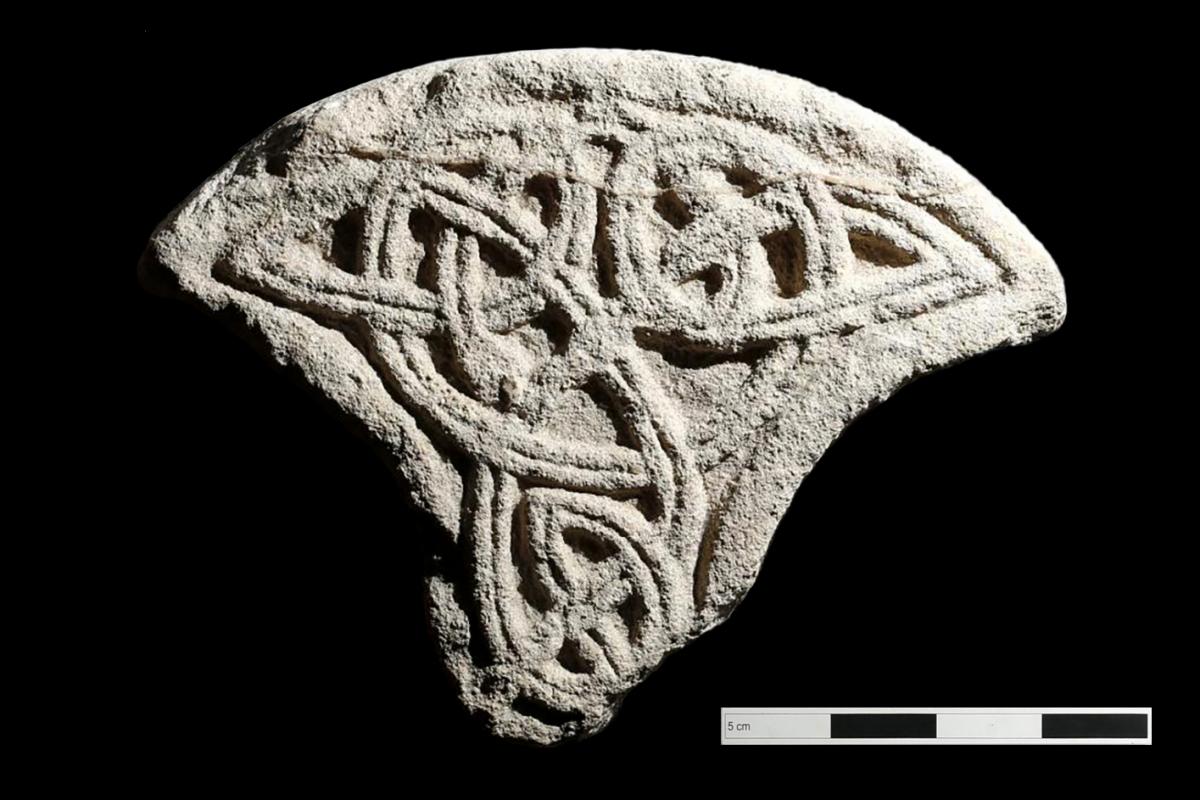
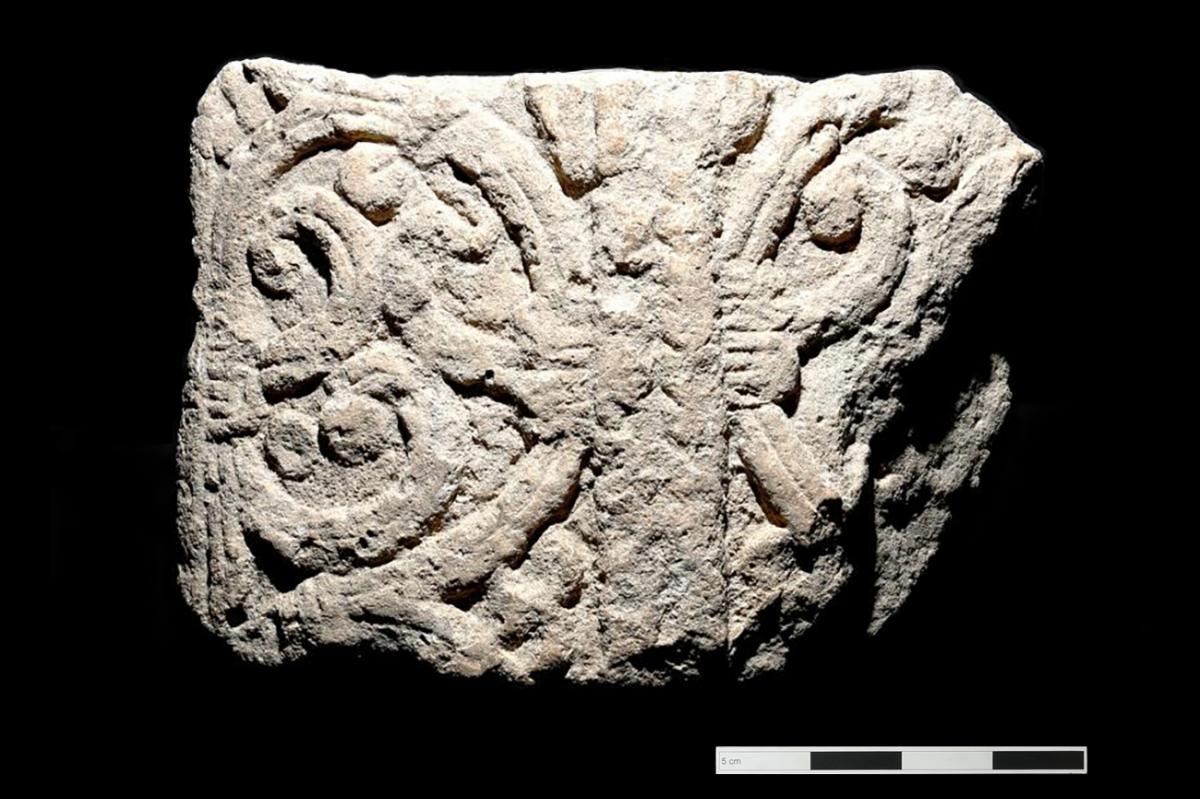
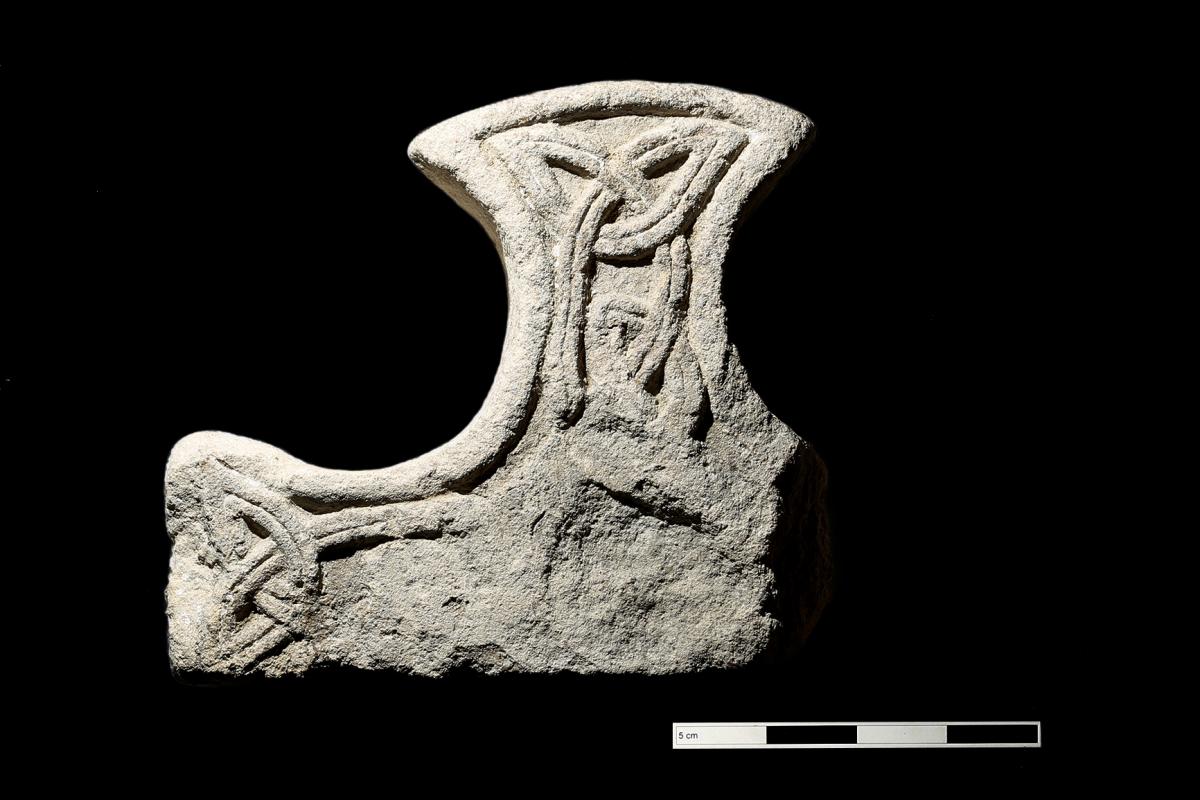
The present Abbey building is situated on the site of a medieval cathedral, constructed between the 1090s-1160s, which was one of the largest in England before being demolished around 1500. The works within the Abbey, to lay the new underfloor heating and stabalise the floor, are revealing how the Tudor building has reused the fabric of the medieval cathedral as foundation material, with some pockets of in situ survival offering real insight into the medieval phase of the site. In August 2018 our team uncovered a wonderfully preserved medieval floor, comprising of vividly coloured encaustic tiles, located in what would have been the cathedral’s nave. We have also recorded the remains of a medieval cloister below Abbey Chambers. As the project progresses we expect to gain a clearer understanding of the cathedral’s floorplan.
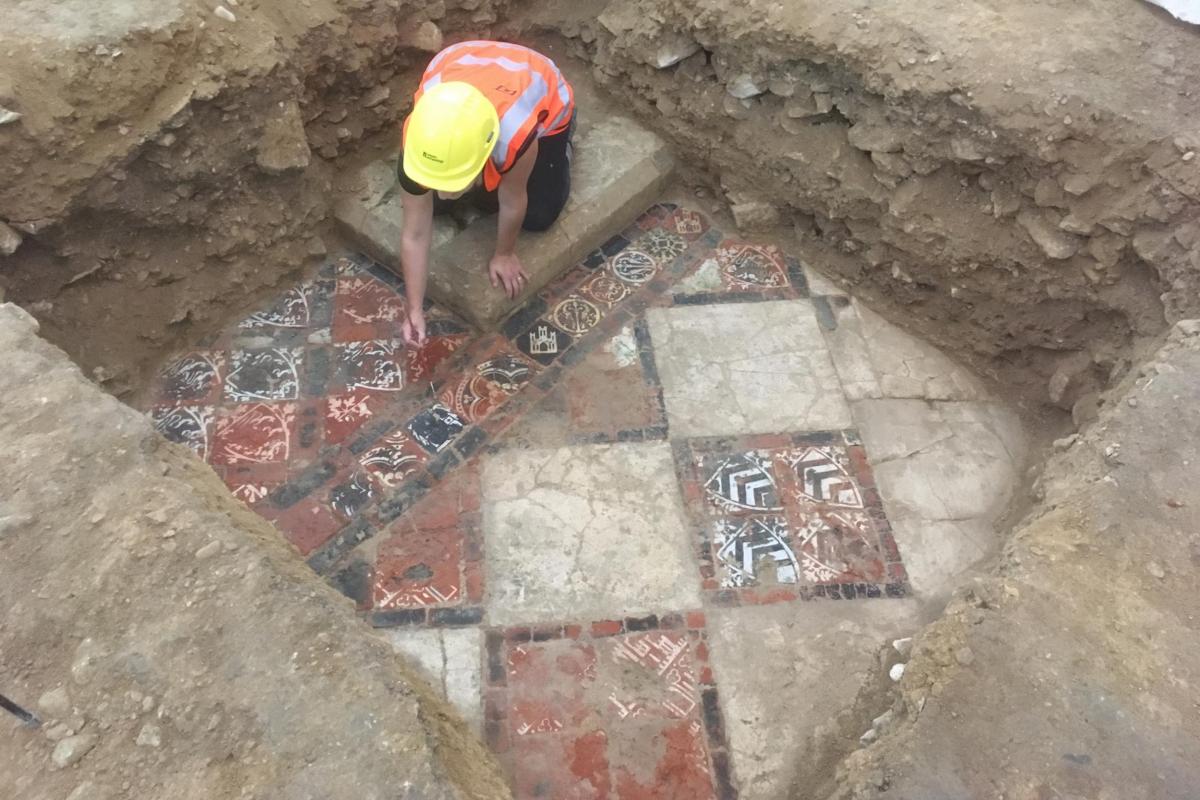
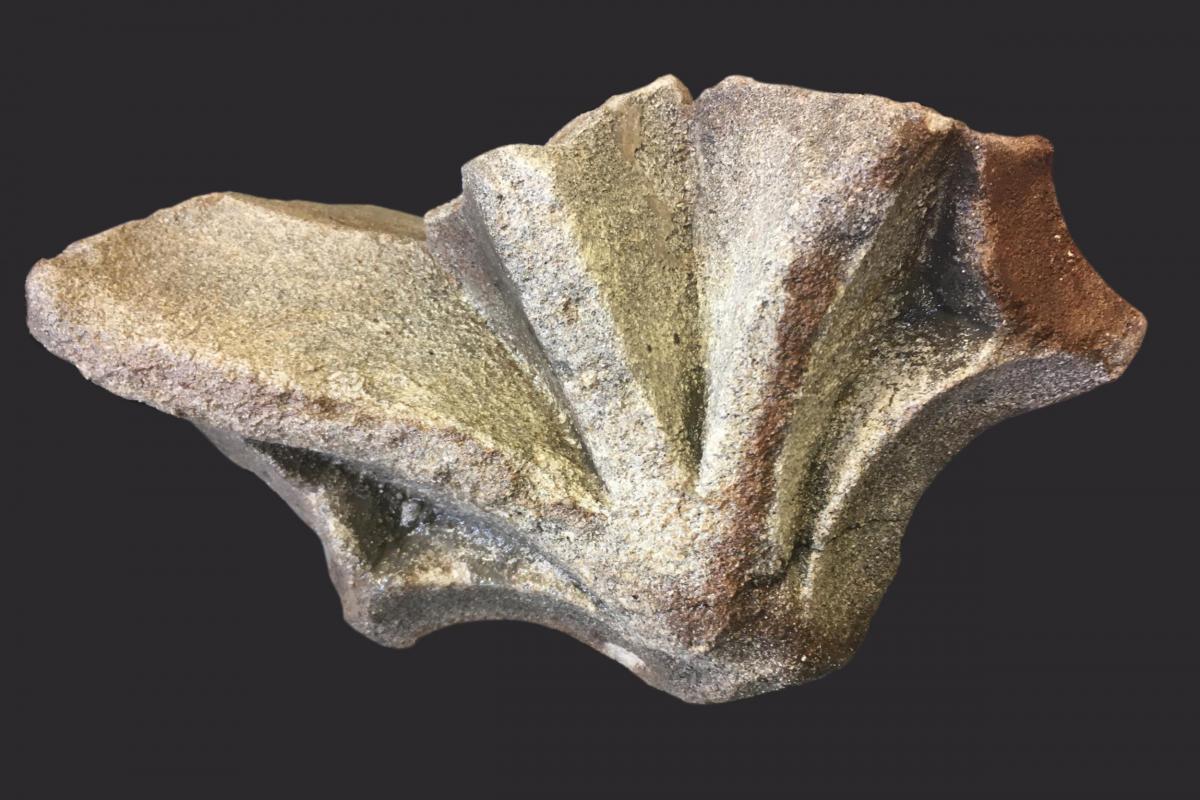
Post-medieval remains have been recorded from both within the Abbey and from the vaults. A large quantity of fragments from the Tudor wood and painted plaster barrel-vaulted ceiling, which was replaced in the 1860s, have been recovered from below the Abbey floor, along with many other artefacts from the period. The excavation of drains and sumps associated with the Georgian housing which once abutted the Abbey has also produced a wealth of finds and environmental evidence which brings the social history of the city to life.
As the project continues we expect to encounter many more surprises and uncover many more fascinating stories from this archaeologically rich site.
Downloads
Pips, Pots and Pastry Cooks: The Anatomy of an 18th Century Lavatory in Late Georgian Bath


